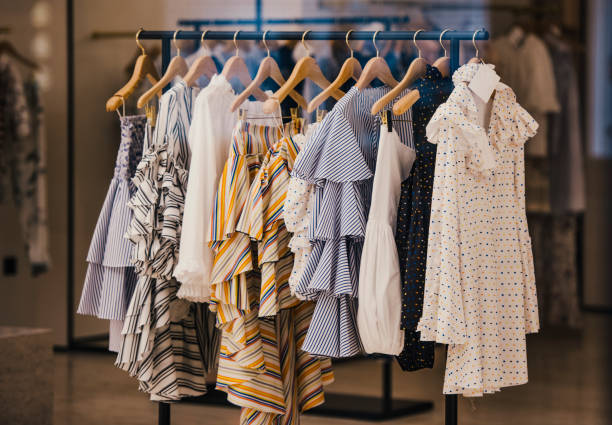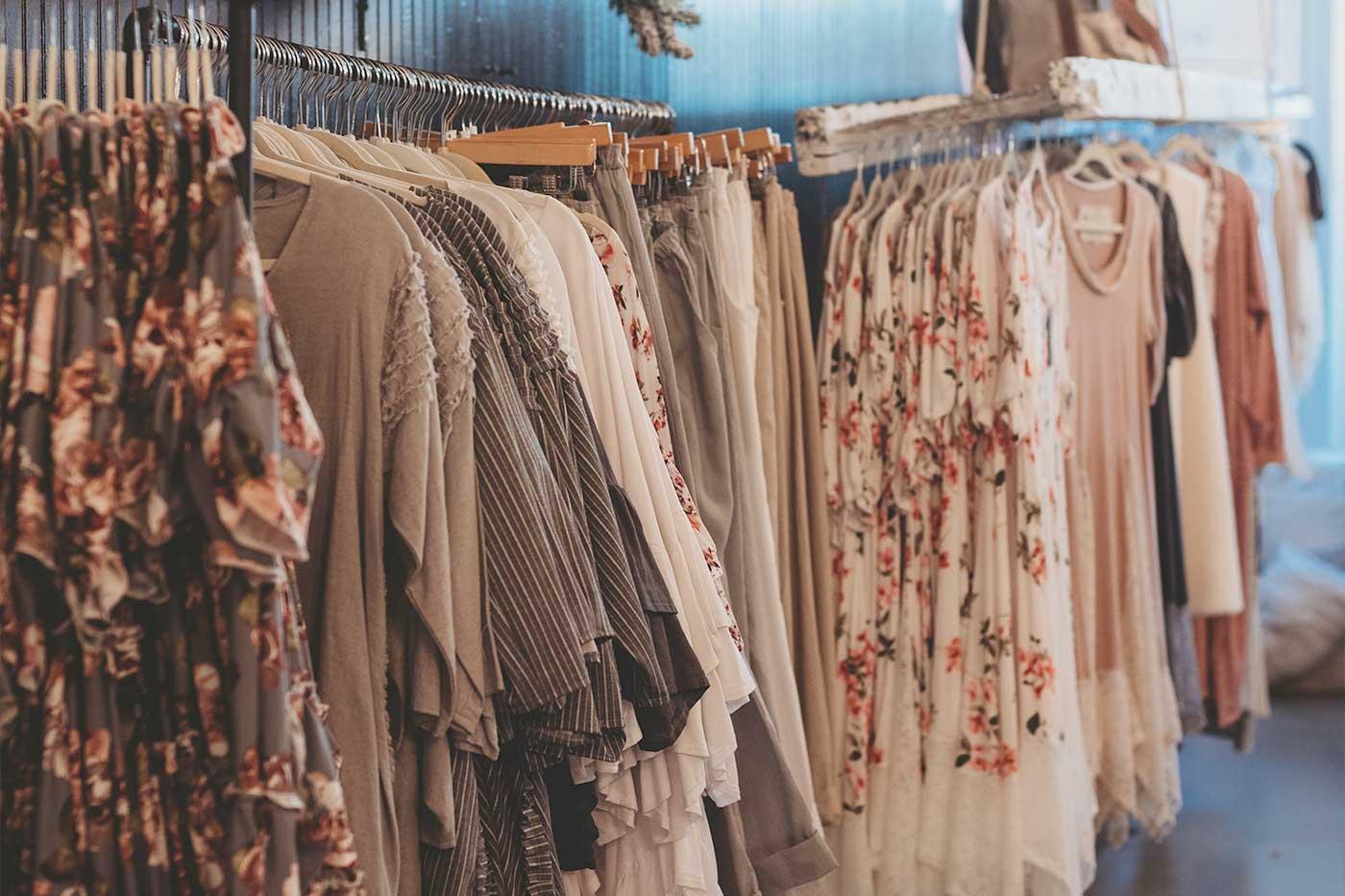A Novice's Guide to Navigating the Boutique Fashion Scene
A Novice's Guide to Navigating the Boutique Fashion Scene
Blog Article
A Deep Study the Globe of High-Fashion Runways: Understanding Clothing as Art
Designers, much like skillful musicians, weave elaborate narratives with kind, color, and material, redefining and challenging traditional standards beauty criteria. As we check out these sartorial eyeglasses, we must ponder: what duty does fashion play in shaping social worths, and how does it reflect the ever-changing tapestry of human feeling and identification?
The Advancement of Runway Shows
The trajectory of path programs has actually changed considerably over the years, progressing from exclusive sector events to captivating spectacles that blend fashion with art. Generally, runway programs made love events, held in ateliers or tiny places, mainly participated in by buyers and sector insiders. These early presentations concentrated on the garments' craftsmanship and commercial practicality, using a practical and direct screen of seasonal collections.
As the apparel industry increased, the nature of runway programs began to transform. The 1970s and 1980s marked a turning point, with developers looking for to identify themselves with even more staged presentations. This age saw the increase of elaborate collections, choreographed models, and thematic stories, declaring a new age where the path became an experiential system. The programs transformed into a kind of storytelling, where each collection shared a distinctive narrative or idea.
Over the last few years, modern technology and social media sites have further changed path programs, making them easily accessible to a global audience. Livestreaming and electronic systems have democratized fashion, permitting fanatics worldwide to witness these events in real-time (boutique fashion). This advancement reflects a more comprehensive social change, where high-fashion paths function as a vibrant junction of innovation, design, and efficiency
Designers as Enthusiast Artists
Designers in the high-fashion sector have obscured the lines between functional garment development and the conceptual world of art. By welcoming imaginative disciplines such as sculpture, painting, and avant-garde setups, designers craft garments that test conventional fashion standards and raise them to art kinds.
Visionary designers draw motivation from a myriad of sources, consisting of abstract art, historical references, and individual narratives. They possess an unique capability to picture and appear ideas that press the boundaries of standard style, usually redefining aesthetic standards in the procedure. This creative resourcefulness is showcased through remarkable silhouettes, ingenious materials, and intricate workmanship, which welcome customers to experience fashion as more than just wearable items.
In addition, the path functions as a canvas for these musicians, where illumination, music, and set style coalesce to produce immersive experiences. These discussions are not merely screens of apparel however are coordinated performances that evoke feeling and prompt thought, attesting the designer's role as a real artist in the contemporary social landscape.
Social Impacts in Fashion
Cultural tapestry weaves its complex patterns into the textile of fashion, affecting designers internationally. The dynamic interchange of social tales, practices, and signs educates and motivates collections that grace high-fashion runways. Designers diligently attract from their heritage or involve with societies unique from their very own, crafting garments that act as visual stories. This cultural dialogue not only enhances the aesthetic diversity but also promotes a deeper understanding and admiration of worldwide identifications.
The influence of society on fashion is usually seen in the reinterpretation of typical garments and patterns. The use of Japanese bathrobes, Indian saris, or African prints in contemporary fashion shows a blend of social credibility and modern aesthetic appeals. Developers such as Valentino's Pierpaolo Piccioli and Alexander McQueen's Sarah Burton have been known to incorporate abundant cultural concepts into their couture collections, equating background into wearable art.

Technology in Textile and Layout
Development in fabric and style constantly reshapes the landscape of high-fashion, pressing borders and redefining opportunities. Over the last few years, technical improvements have dramatically added to this development, presenting products that challenge typical assumptions. Textiles ingrained with wise fibers, qualified of transforming color or regulating temperature, are no much longer constrained to the realm of scientific research fiction. Developers are significantly discovering the integration of technology, such as 3D printing, which enables the production of complex frameworks that were previously unimaginable.
The style sector is witnessing a surge in the use of eco-friendly materials, obtained from recycled plastics, natural fibers, and even naturally degradable components. Developers are accepting these products to craft garments that are both aware and aesthetically striking of their ecological impact.
In regards to design, progressive silhouettes and experimental kinds are continually revolutionizing the runway. By including sophisticated methods and non-traditional products, developers grow garments that blur the line between fashion and art, setting new criteria for creative thinking and expression in the high-fashion sphere.
Impact of Style on Society
Style possesses a profound influence on society, functioning as both a representation of cultural identity and a stimulant for social modification. Via its development, fashion has mirrored societal shifts, encapsulating the zeitgeist of various eras. The flapper gowns of the 1920s symbolized a newly found sense of females's liberation, while the vibrant prints of the 1960s resembled the innovative spirit of the time. High-fashion paths, specifically, work as systems for additional hints difficult standards and redefining appeal standards. Developers utilize these locations to resolve pushing social concerns, from sustainability to variety, consequently forming public discussion.
Furthermore, fashion has the power to bridge cultural voids, cultivating understanding and admiration among diverse groups. As globalisation speeds up, the cross-cultural exchange of style ideas becomes increasingly considerable, advertising inclusivity and diversity. The rise of streetwear, originating from metropolitan subcultures, illustrates exactly how style can go beyond socio-economic boundaries, giving people a means of self-expression and empowerment.
Basically, style is not just concerning aesthetic appeals; it is a dynamic force that influences values, attitudes, and social progress (boutique fashion). By constantly connecting with cultural and social currents, fashion continues to be an indispensable part of the cumulative human experience

Verdict
High-fashion paths function as vibrant fields where apparel goes beyond performance to come to be a meaningful art type. Designers, comparable to visionary artists, orchestrate collections that reflect identity, feeling, and social narratives, challenging traditional visual appeals. The blend of cutting-edge textile and style, paired with intricate collection styles, lighting, and songs, develops immersive experiences that commemorate social diversity. This crossway of fashion and virtuosity not just astounds target markets globally yet additionally affects social assumptions and promotes a much deeper admiration for multiculturalism.

Social tapestry weaves its detailed patterns right into the material of style, influencing designers internationally.Style possesses an extensive impact on society, serving as both a representation of social identification and a stimulant for social modification.
Report this page